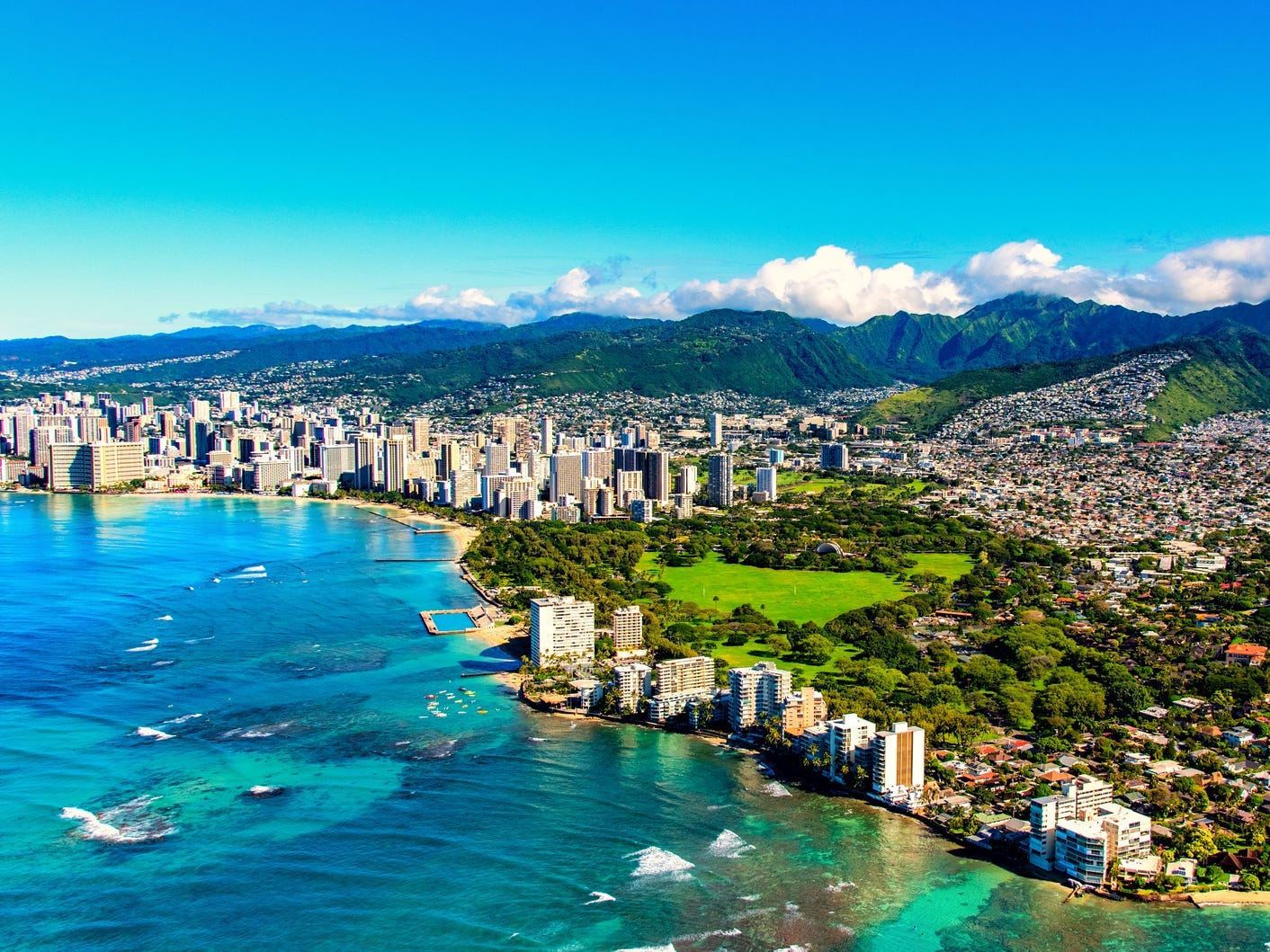
Art Wager/Getty Images
- Matthew Gonser leads the Office of Climate Change, Sustainability and Resiliency in Honolulu, Hawaii.
- It's in charge of making the city affordable and resilient to natural disasters and climate change.
- The next step for his office is the Climate Action Plan, which includes expanding renewable energy.
- This article is part of a series focused on American cities building a better tomorrow called "Advancing Cities."
In January, Matthew Gonser was named chief resilience officer and executive director of the Office of Climate Change, Sustainability and Resiliency in Honolulu, Hawaii. His role involves leading the city's sustainability efforts under a new mayor and administration that took over in 2021.
"It's just so validating and satisfying," Gonser, who joined the office in 2017 and previously served as its coastal and water program manager, told Insider, describing his work with the office – especially when it comes to engaging the community. "There's a lot of challenges living in an island community in a globalized economy around affordability, access to food, equity across the electricity sector."
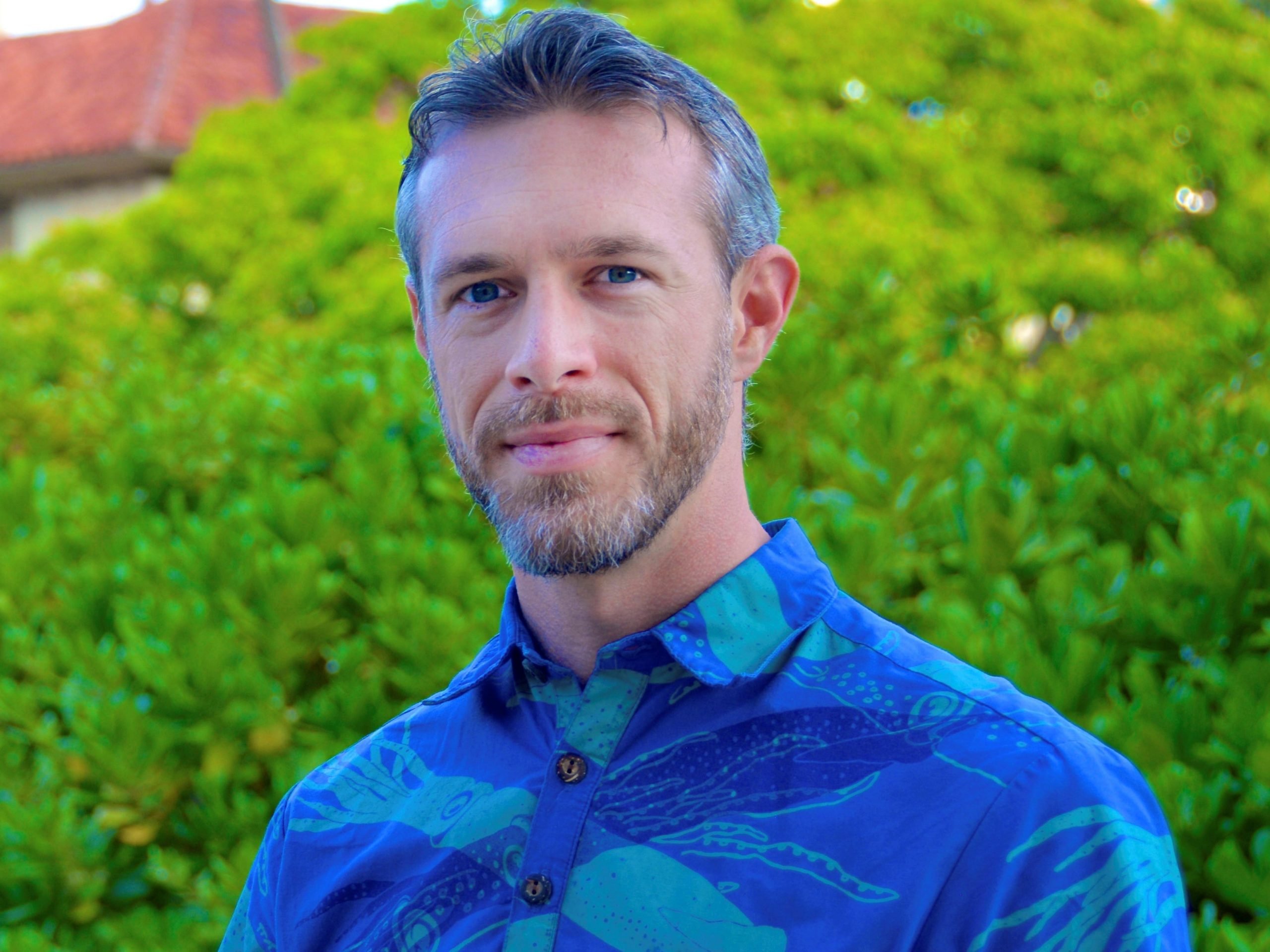
Resilience Office
The Office of Climate Change, Sustainability and Resiliency was created by a city charter amendment that was approved by the public in 2016. Afterward, Honolulu was awarded a 100 Resilient Cities Initiative Grant by the Rockefeller Foundation.
The office was put in charge of tracking climate change and ensuring that Honolulu's infrastructure and residents are prepared. It serves in mostly a coordination and facilitation role, Gonser explained – helping with policy development and aligning city investments and projects with state and federal support.
A key part of the office's work also involves community outreach about climate change issues affecting Honolulu and the whole state of Hawaii and potential solutions.
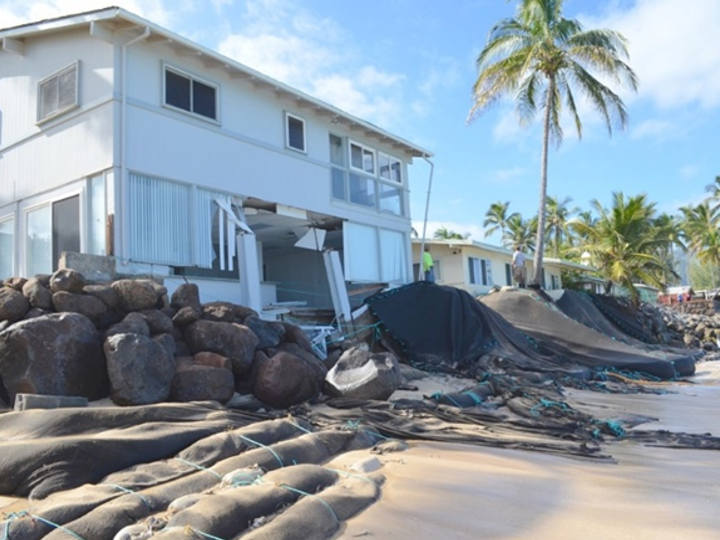
Resilience Office
The Resilience Office under Gonser has already made an impact: It's currently finalizing the Climate Action Plan, which will likely be adopted this year, and continuing to implement measures from its Resilience Strategy. Here's a look inside these initiatives.
A Resilience Strategy based on community input
One of the Resilience Office's key projects is the Oahu Resilience Strategy, which kicked off in 2017.
To develop the strategy, they went to the community - the island of Oahu, which is home to Honolulu County and the capital city and encompasses 33 neighborhood boards.
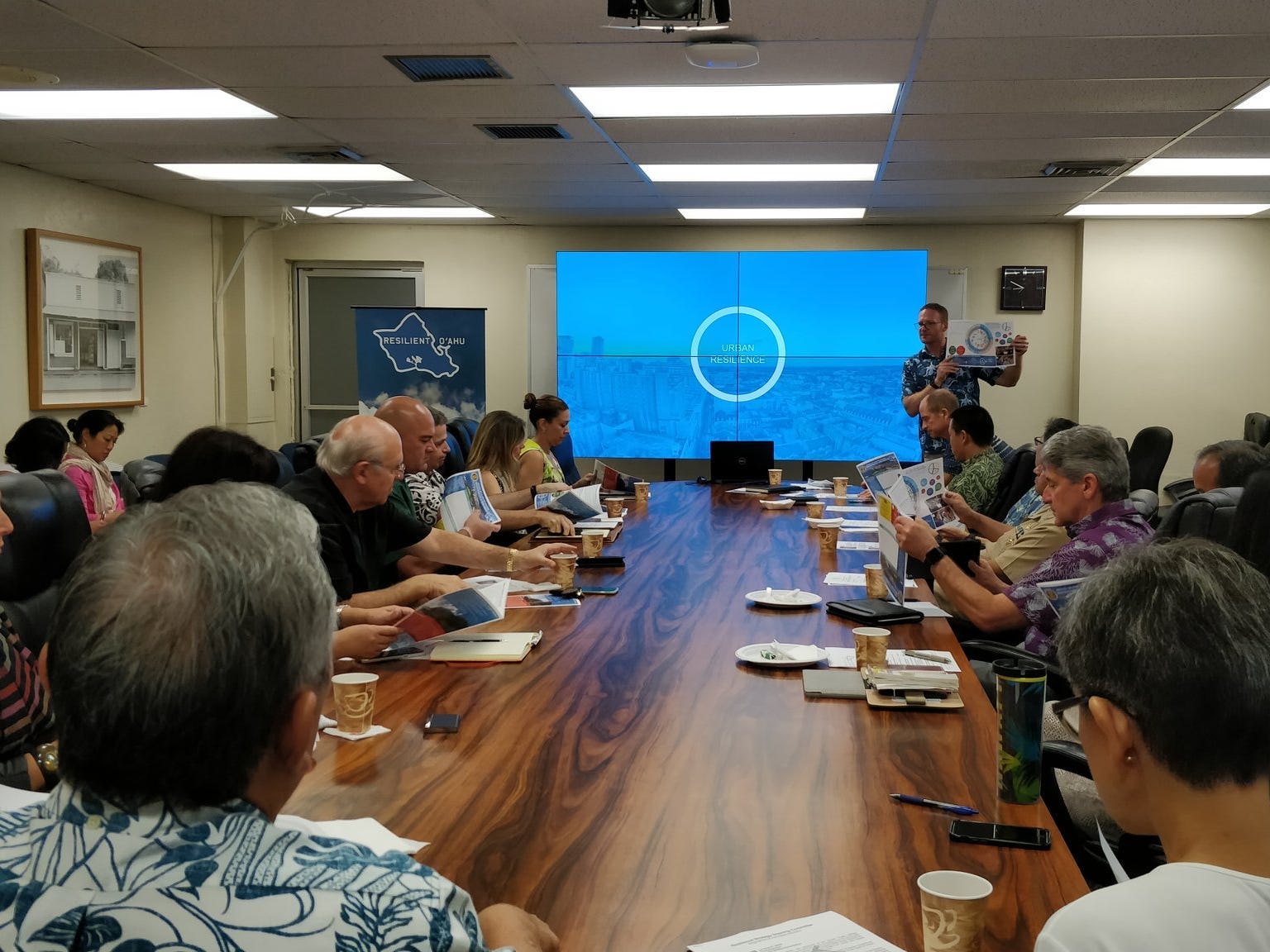
Resilience Office
Gonser said they engaged these neighborhood boards to survey residents about their concerns about climate change and possible solutions for "climate shocks and climate stresses," such as hurricanes, infrastructure failure, and cost of living.
Initially, the office gathered about 200 ideas, which were refined into 44 long-term actions that became the Resilience Strategy. The plan centers on four themes: long-term affordability, natural disaster resilience, climate security, and community cohesion.
"It was really intended to be a catalyst," Gonser said. "Toward the end of last year, when we provided our annual sustainability report, we were able to share that significant action or progress had been made on no less than 22 of the 44 resilience actions."
For example, the Resilience Strategy informed three new climate change-focused bills that were signed into law in December.
One bill updates parking regulations in the city's Land Use Ordinance to reduce or eliminate mandatory parking requirements for new developments, which would enable land to be used for other purposes and encourage walkable communities that don't rely so much on their cars. The permitting process for residential solar projects was also streamlined to reduce the time and costs of installation and move the clean energy permitting system online.
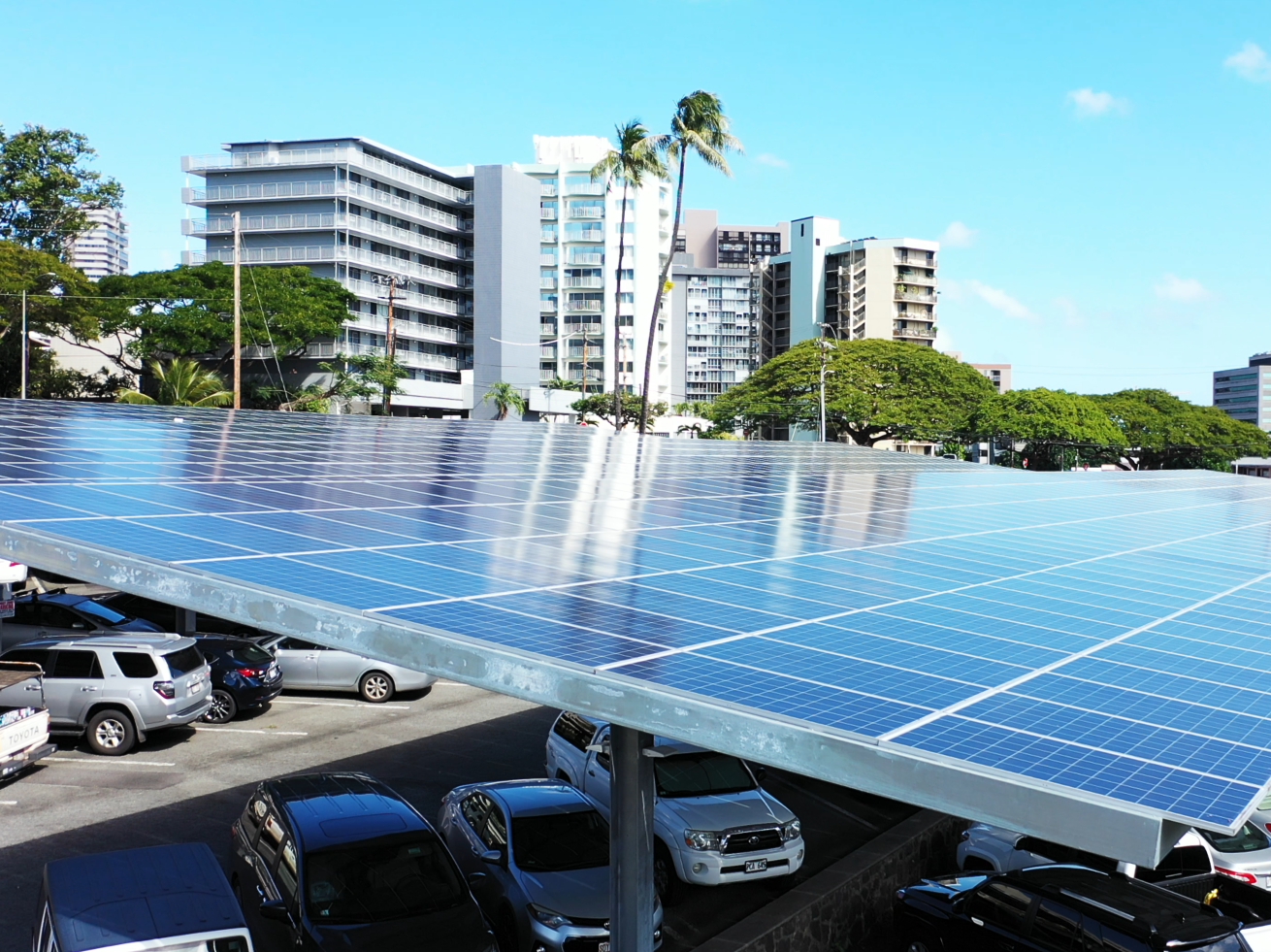
Resilience Office
Another bill put climate change and sustainability standards into city ordinance and created a framework for climate projects. The city will now be required to establish and report water and energy benchmarks for some of its facilities and must transition city vehicles to 100% renewable energy by 2035 and become carbon neutral by 2045.
Honolulu's first-ever climate plan will likely be adopted this year
At the same time, the office was working on its Resilience Strategy, it was also developing a Climate Action Plan, which is a science- and community-based initiative to address climate change and eliminate fossil fuel emissions.
Gonser said the office held community meetings hosted by Honolulu City Council members, Hawaii Pacific University, the University of Hawaii at Mānoa, and the Chamber of Commerce of Hawaii. They created an interactive climate game to encourage conversations around climate action priorities and set up working groups with stakeholders.
These conversations led to the city's first-ever climate plan, which outlines nine strategies for Honolulu to address over the next five years, including promoting waste prevention, expanding renewable energy, and increasing energy efficiency. Other goals include reducing greenhouse gas carbon emissions from transportation, electricity, and waste by 44% by 2025 and becoming carbon neutral.
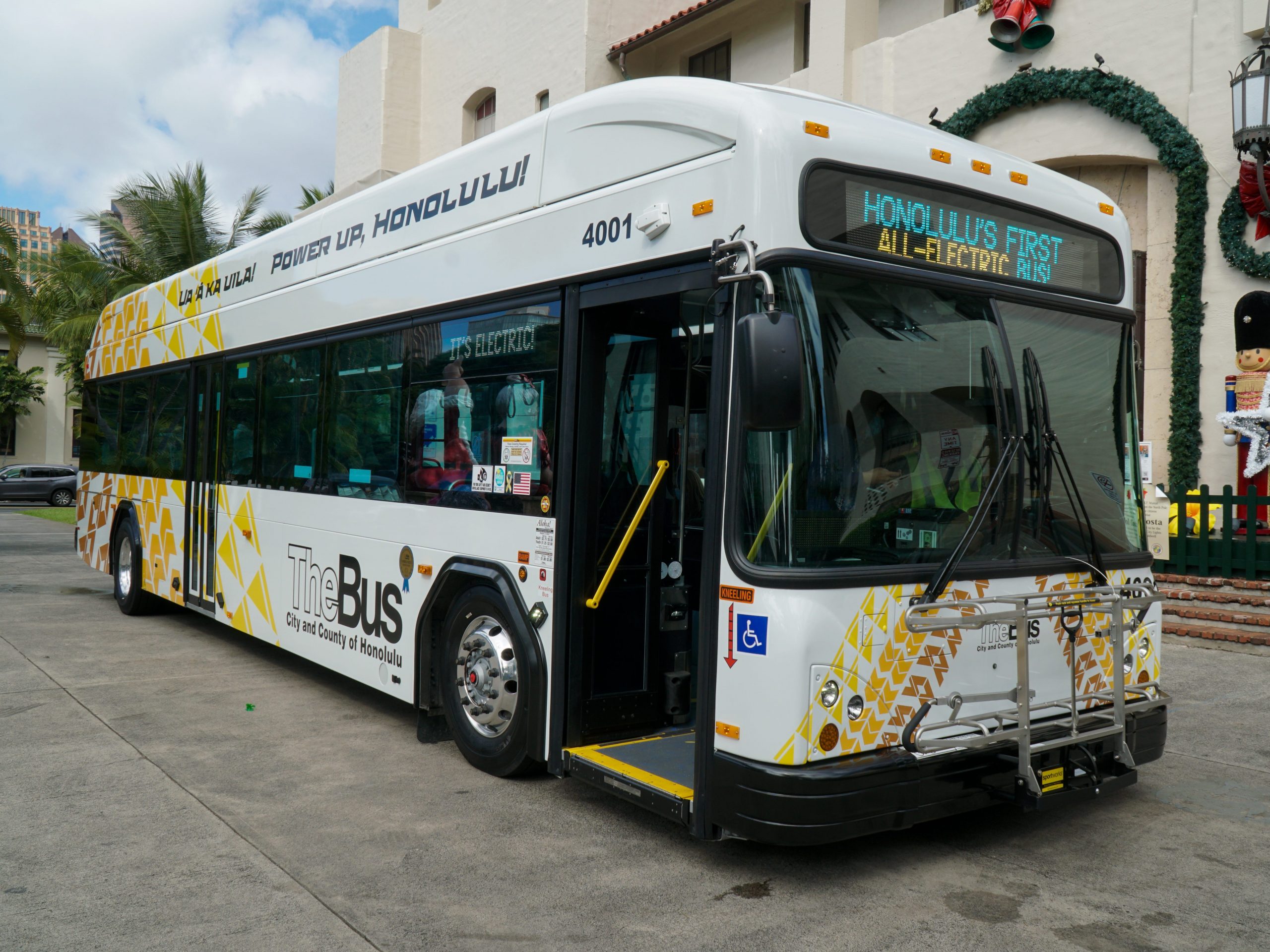
City and County of Honolulu
The plan was released in December 2020, and the required public comment period, where residents are able to share their opinions and concerns about the plan, ended in February. Gonser said the plan will go before the city council in April and most likely be adopted.
Honolulu swore in a new mayor, Rick Blangiardi, in January, as well as several new city council members. "We've been briefing the new city council, new city leadership, and we look forward to introducing the plan for adoption," Gonser added.
Future projects will examine sustainable, equitable water and energy systems
With a new city administration in place, Gonser said the next step is identifying future priorities and accelerating those projects and policies - while also continuing to focus on the measures identified in the Resilience Strategy and Climate Action Plan.
Several projects are underway, including an analysis of the city's fleet to understand what's needed to convert it to clean fuel by 2035. They're also examining ways to reduce flood insurance premiums for residents, better manage water systems, and become less fossil fuel dependent to make energy more affordable. Hawaii has one of the highest electricity costs in the nation.
"A bigger one that is still in the works and has some work ahead of it is to really develop an intentional climate adaptation strategy and keying in on city infrastructure, the assets, and the services that we provide," Gonser said. "Also, better understanding the already experienced and potential disparate impacts of how climate continues to change toward mid-century. We're thinking about impacts but also understanding the consequences for the economy as a whole."
As communities across the country are grappling with issues of climate change, Gonser urges city leaders to acknowledge the problem, raise awareness, define how to address it, and take action.
"It's not just about doing climate action, but it's showing that there's equity in the moves that we're doing so that all are benefiting and transitioning to this cleaner, greener, more beautiful future," he said.
